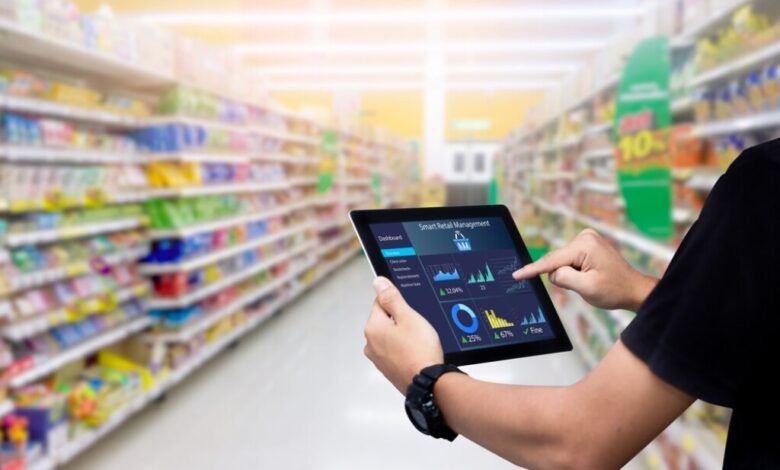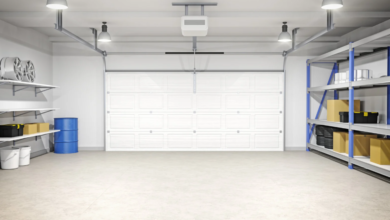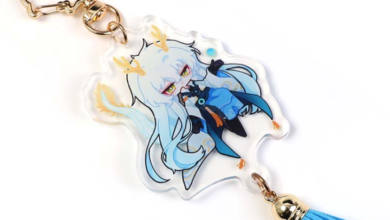From Data to Decisions: The Growing Role of Retail Video Analytics in Store Management

In an age of ultra-competitive retailing, data is the new money. The need to understand customer behavior, optimize store performance and make sound decisions are what separate successful retailers from also rans. Underpinning the shift will be one of the most transformational technologies in retail – video analytics.
With retail video analytics plugged into a modern retail store management system, retailers now have never-before-seen insight that is vastly superior to what has previously been the case through standard reporting. The combination helps retailers decipher mundane data and turn that information into calculated actions that drive greater efficiency, increase sales, and improve customer experience.
Retail Data and Store Management Over the Years
The retail landscape has come a long way from tracking sales by hand and making decisions based on hunches. In the past, managers used sales numbers or feedback from customers to appraise store performance. But these traditional approaches did not provide real-time insights or behavioral understanding.
Following the digital transformation, for retail store management systems, core early processes were automated including inventory management, billing and employee attendance. The new frontier, however, is the integration of these systems with retail video analytics which brings an added element of visual intelligence.
This combo allows retailers to not only see what’s happening on their store floor, but also why it’s taking place.
What Is Retail Video Analytics?
In-store analytics uses AI-powered cameras and computer vision systems to monitor store associates and shoppers. Rather, it turns raw video footage into usable data that retailers can use to make smarter decisions.
The solution employs facial recognition, heat mapping, people counting and behavior pattern analysis to generate insights about customer flow, engagement and preferences.
Key Retail Video Analytics Benefits to Implement are:
Foot Traffic Tracking: Records the amount of customers visiting and leaving the establishment.
Heat Maps: Discover which store zones garner the most attention.
Queue Control: Manages cash points and notifies when the service is slow.
Dwell Time Tracking: Records the time a customer loiters around specific zones or products.
More demographic insights: Helps you to know the gender and age distribution for targeted advertising.
When this information is combined with a retail store management solution, store owners are able to tie those patterns of behavior to what’s selling and how inventory is doing — closing the loop between gathering information and acting on it.
The Convergence of Retail Video Analytics and Store Operations Platform
A retail store management software solution zeroes in on operational efficiency; it is a genius at inventory control, sales and personnel but has little to no customer management capabilities. But combined with retail video analytics, it becomes a complete intelligence platform providing operational AND behavioral visibility.
How Integration Improves Retail Performance Here are the benefits of an integrated approach to retail:
Sales improvement: If there is a traffic solution on the video analysis where it is indicated high step but deficient admissions, reacts with him change of placement price garment.
Stock Reconciliation: Matching sales into stock and video data can reveal demand trends and inventory flow patterns.
Staff Productivity: Cameras watch how responsive staff are to customers so you can be sure all patrons are receiving help in a timely manner.
CX: Real-time alerts allow queues or crowding to be managed, increasing satisfaction and retention.
This union of resources empowers retailers to make data-driven decisions that optimise all aspects of store performance.
Advantages of retail video analytics in store management
The implications that the retail store management system is associated with retail video analytics are far-reaching. Among the advantages are these that follow: Here is a list of its most significant applications:
a. Improved Customer Experience
Video analytics can also indicate customer movement and involvement, allowing retailers to optimize store layouts, reduce wait times, and improve personalization.
b. Data-Driven Marketing Decisions
When marketers know who is walking into the store and what draws them in, they can tailor promotions and campaigns to have a greater effect.
c. Increased Security and Theft Protection
Video analytics triggers alerts when suspicious activity is detected, which helps to minimize theft and increase store security overall.
d. Better Workforce Management
Retailers can get insight into high-demand times and place staff when they will be the most useful, providing better service while reducing downtime.
e. Real-Time Operational Insights
By giving managers access to real-time data on foot traffic, customer engagement and queue lengths, quick decisions can be made to optimize throughout the day.
f. Increased Profitability
Better operations, more efficient marketing and less loss all drive improved financial success (A.K.A. profits) for retailers.
Real-World Applications and Use Cases
Retail video analytics isn’t some pie-in-the-sky idea — it’s already transforming operations in a range of retail formats:
Grocery stores: See hot spots in your aisles and display highest-sellers at those locations.
Apparel Retailers: Monitor the foot traffic and fitting room flow to increase conversion.
Electronics Stores: Identify popular items to determine promotional strategies.
Convenience Stores: Combine video insights and POS data from their retail store management system to predict consumer demand and dynamically manage stock.
The benefits are also measurable—increased productivity, improved audience interaction and more revenue.
Challenges and Considerations
The advantages are clear, but introducing retail video analytics has some aspects to ponder on:
Data Privacy: Retailers are subject to data privacy laws and may have to be transparent about security camera practices.
Cost of Integration: Quality cameras, AI software and system integration take investment in the beginning stages.
Technical Expertise: Its configuration and interpretation of data require specialist staff or third-party assistance.
Adopting an appropriate retail store management system that readily integrates with video analytics tools brings these challenges to control optimally.
The Future of Retailing with Big Data
While AI and IoT is expected to grow, the features of retail video analytics will become more sophisticated. Further developments might involve emotion detection for assessing customer satisfaction, predictive analysis in demand predictions and real-time automated reactions using edge computing.
Retailers that embrace these innovations today will have a head start in the future, when data-driven insight underpins every operational decision.
In the future, it will not be voluntary that retailers deploy retail video analytics with their retail store management systems — they have to do this to remain competitive and grow.
Conclusion
DATA Analysis based systems are the lifeline of survival in today’s retail businesses. Integrating retail store management systems with retail video analytics offers a 360-degree view of business operations including customer behavior, sales performance and inventory dynamics.
This dynamic pairing translates dormant data into active intelligence, enabling retailers to do more with less and increase their operational effectiveness, security and profitability.
Put plainly, your journey from data to decision starts with understanding what is going on in your store – and retail video analytics is that unlock.
FAQs
Q1. What is retail video analytics?
Retail Video Analytics – The AI behind Retail Surveillance Use of video footage for retail businesses to analyze consumer behavior and traffic flow whilst enhancing store performance.
Q2. What impacts does brick-and-mortar store analysis have on retail operations?
It supplements the management of queues, adds to security measures and contributes to an attractive design – all of which can be fed back into a retail store management solution for better decision-making.
Q3. Why do retailers need to integrate video analytics with store management systems?
Integration also allows retailers to combine customer behavior data with sales and inventory insight for a 360-degree view of operations, so decisions can be made based on the best intelligence available.
Q4. Do these systems make economic sense for small operators?
Yes. Solutions can be scaled even for small and graphic firms, who can start with simplistic analytics and grow it out over time.
Q5. What’s next for retail video analytics?
In the future, there will be intelligent AI models which can anticipate customer needs, understand emotions as well as automatically make real time adjustments to improve shopping experiences.





